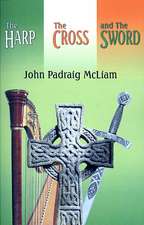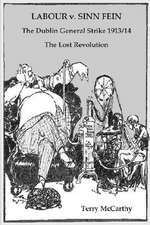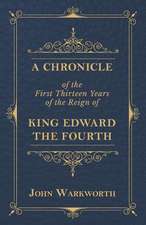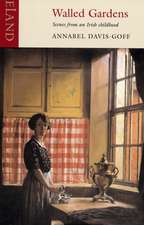Gun Culture in Early Modern England
Autor Lois G. Schwoereren Limba Engleză Hardback – 24 mai 2016 – vârsta de la 22 ani
Guns had an enormous impact on the social, economic, cultural, and political lives of civilian men, women, and children of all social strata in early modern England. In this study, Lois Schwoerer identifies and analyzes England's domestic gun culture from 1500 to 1740, uncovering how guns became available, what effects they had on society, and how different sectors of the population contributed to gun culture.
The rise of guns made for recreational use followed the development of a robust gun industry intended by King Henry VIII to produce artillery and handguns for war. Located first in London, the gun industry brought the city new sounds, smells, street names, shops, sights, and communities of gun workers, many of whom were immigrants. Elite men used guns for hunting, target shooting, and protection. They collected beautifully decorated guns, gave them as gifts, and included them in portraits and coats-of-arms, regarding firearms as a mark of status, power, and sophistication. With statutes and proclamations, the government legally denied firearms to subjects with an annual income under 100--about 98 percent of the population--whose reactions ranged from grudging acceptance to willful disobedience.
Schwoerer shows how this domestic gun culture influenced England's Bill of Rights in 1689, a document often cited to support the claim that the Second Amendment to the United States Constitution conveys the right to have arms as an Anglo-American legacy. Schwoerer shows that the Bill of Rights did not grant a universal right to have arms, but rather a right restricted by religion, law, and economic standing, terms that reflected the nation's gun culture. Examining everything from gunmakers' records to wills, and from period portraits to toy guns, Gun Culture in Early Modern England offers new data and fresh insights on the place of the gun in English society.
Preț: 364.07 lei
Nou
69.67€ • 72.47$ • 57.52£
Carte disponibilă
Livrare economică 25 martie-08 aprilie
Specificații
ISBN-10: 0813938597
Pagini: 272
Dimensiuni: 152 x 229 x 23 mm
Greutate: 0.54 kg
Editura: University of Virginia Press
Descriere
Guns had an enormous impact on the social, economic, cultural, and political lives of civilian men, women, and children of all social strata in early modern England. In this study, Lois Schwoerer identifies and analyzes England’s domestic gun culture from 1500 to 1740, uncovering how guns became available, what effects they had on society, and how different sectors of the population contributed to gun culture.
The rise of guns made for recreational use followed the development of a robust gun industry intended by King Henry VIII to produce artillery and handguns for war. Located first in London, the gun industry brought the city new sounds, smells, street names, shops, sights, and communities of gun workers, many of whom were immigrants. Elite men used guns for hunting, target shooting, and protection. They collected beautifully decorated guns, gave them as gifts, and included them in portraits and coats-of-arms, regarding firearms as a mark of status, power, and sophistication. With statutes and proclamations, the government legally denied firearms to subjects with an annual income under £100—about 98 percent of the population—whose reactions ranged from grudging acceptance to willful disobedience.
Schwoerer shows how this domestic gun culture influenced England’s Bill of Rights in 1689, a document often cited to support the claim that the Second Amendment to the United States Constitution conveys the right to have arms as an Anglo-American legacy. Schwoerer shows that the Bill of Rights did not grant a universal right to have arms, but rather a right restricted by religion, law, and economic standing, terms that reflected the nation's gun culture. Examining everything from gunmakers’ records to wills, and from period portraits to toy guns, Gun Culture in Early Modern England offers new data and fresh insights on the place of the gun in English society.
























